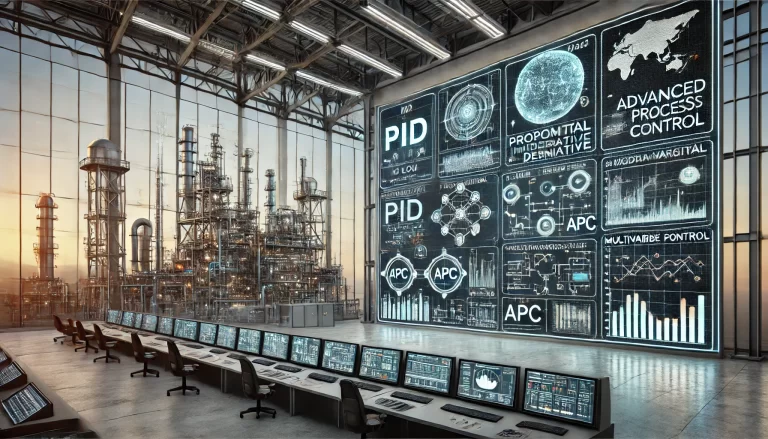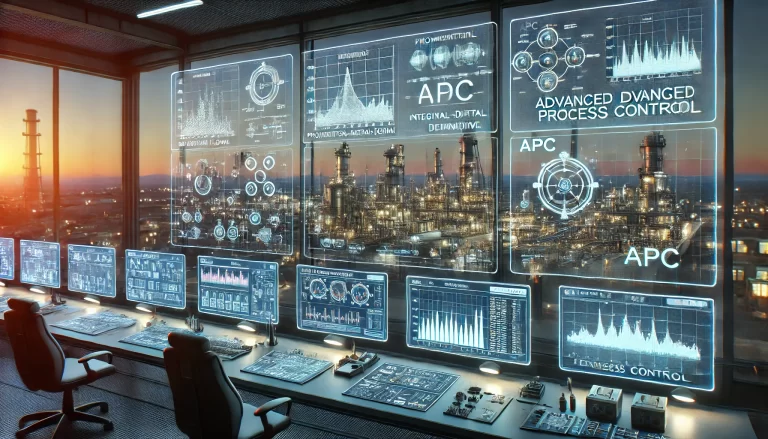Despite being considered “low-tech” or overly simple by some engineers, the dominance of PID (Proportional-Integral-Derivative) controllers in the industrial control domain remains unchallenged. There are several reasons for this enduring supremacy, which are outlined below:
1. Simple yet Effective
PID controllers are based on a simple mathematical model, making them easy to understand and implement. Even in very complex control systems, PID controllers can provide sufficient precision and stability. For many common industrial applications, PID control can quickly solve problems without placing a heavy computational burden on the system.

2. Wide Applicability
PID controllers can be applied in a wide range of control scenarios, including temperature, flow, pressure, speed, and nearly any system that requires feedback control. Whether it’s a simple household appliance or a complex industrial machine, PID control is highly adaptable, making it an essential tool in diverse industries.
3. Stability and Robustness
One of the key strengths of PID controllers is their robustness when faced with disturbances, noise, and external changes. Not only can they effectively suppress system deviations, but they also provide stable control even in the absence of accurate models. This makes PID control highly reliable in many practical industrial environments.
4. Flexible Tuning Parameters
The three parameters of a PID controller—proportional, integral, and derivative—provide enough flexibility to tailor the control system’s response to different requirements. Engineers can adjust these parameters to optimize the system’s response speed, steady-state error, and dynamic performance, enabling PID controllers to meet the needs of various applications.

5. Historical Accumulation of Knowledge and Experience
PID controllers have been in use for many years in the industrial sector, accumulating a wealth of experience and optimization techniques. Many devices, controllers, and software already incorporate PID control algorithms, and many process flows and control strategies are optimized around PID. Introducing new control methods into these systems would require extensive modifications and validation, which is why PID remains the go-to choice in many scenarios.
6. Low Implementation Cost
Due to the simplicity of the PID control algorithm, its implementation is relatively easy and inexpensive. This makes it highly attractive for large-scale or cost-sensitive industrial projects where keeping expenses low is a priority.
7. Ease of Debugging and Tuning
Although PID may seem simplistic, tuning and optimizing the parameters has become relatively straightforward due to the wealth of accumulated knowledge and experience. This makes it easy for on-site engineers to quickly respond to changes in the production environment and adjust the control system to meet new demands.

8. Support for Digitalization and Automation
With the advancement of digital and automation technologies, PID controllers can now be implemented digitally, allowing for better integration with modern industrial control systems (e.g., PLCs, DCS, SCADA). This enables real-time adjustments and automated monitoring, further solidifying PID control’s position in industrial control.

Conclusion
While PID controllers may seem too simple and may not offer the best performance in some complex applications, they continue to dominate industrial control due to their stability, versatility, cost-effectiveness, and ease of use. As a result, PID controllers remain one of the most widely used and powerful tools in the industrial control field. In many practical applications, PID control remains indispensable.
